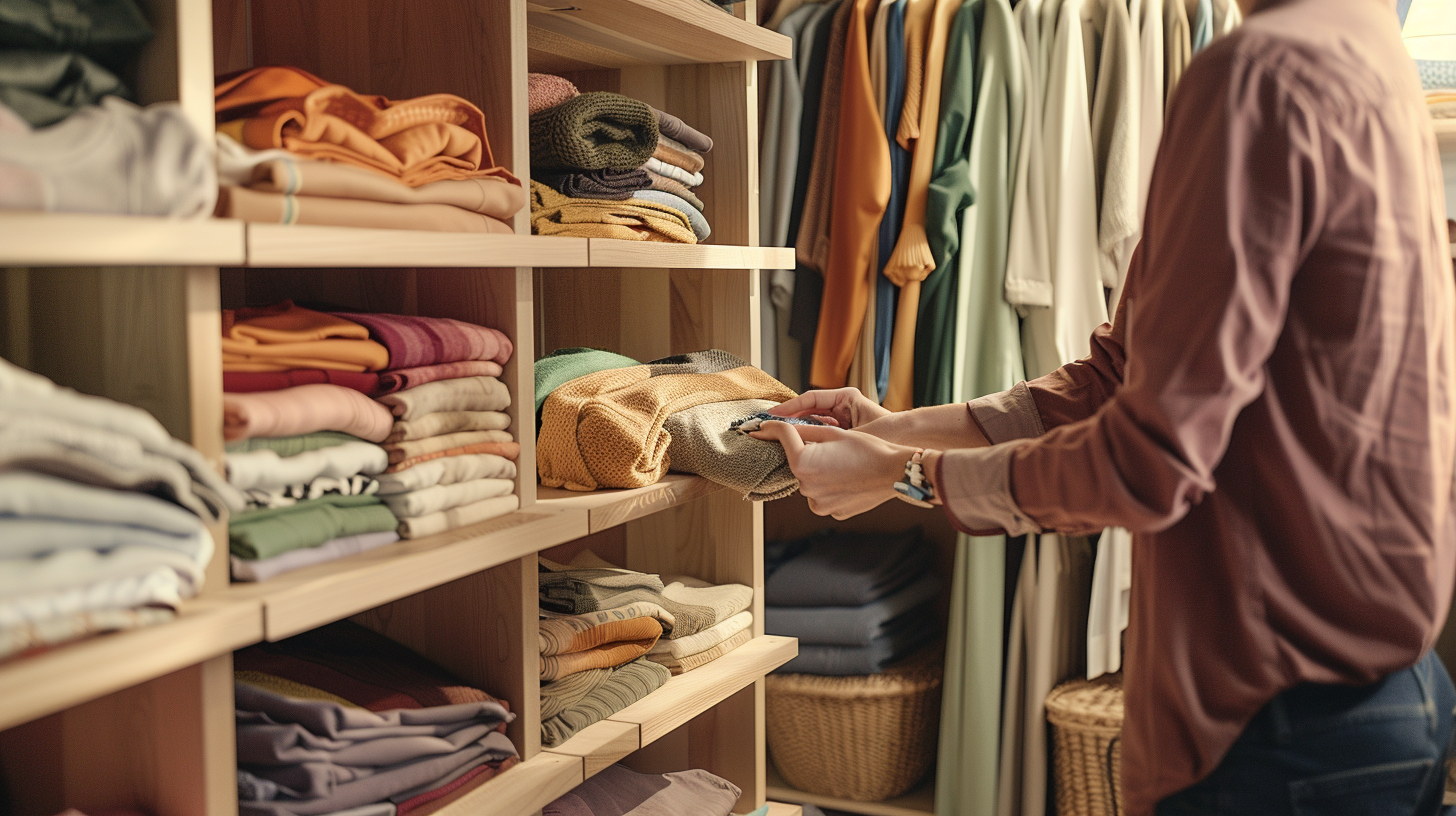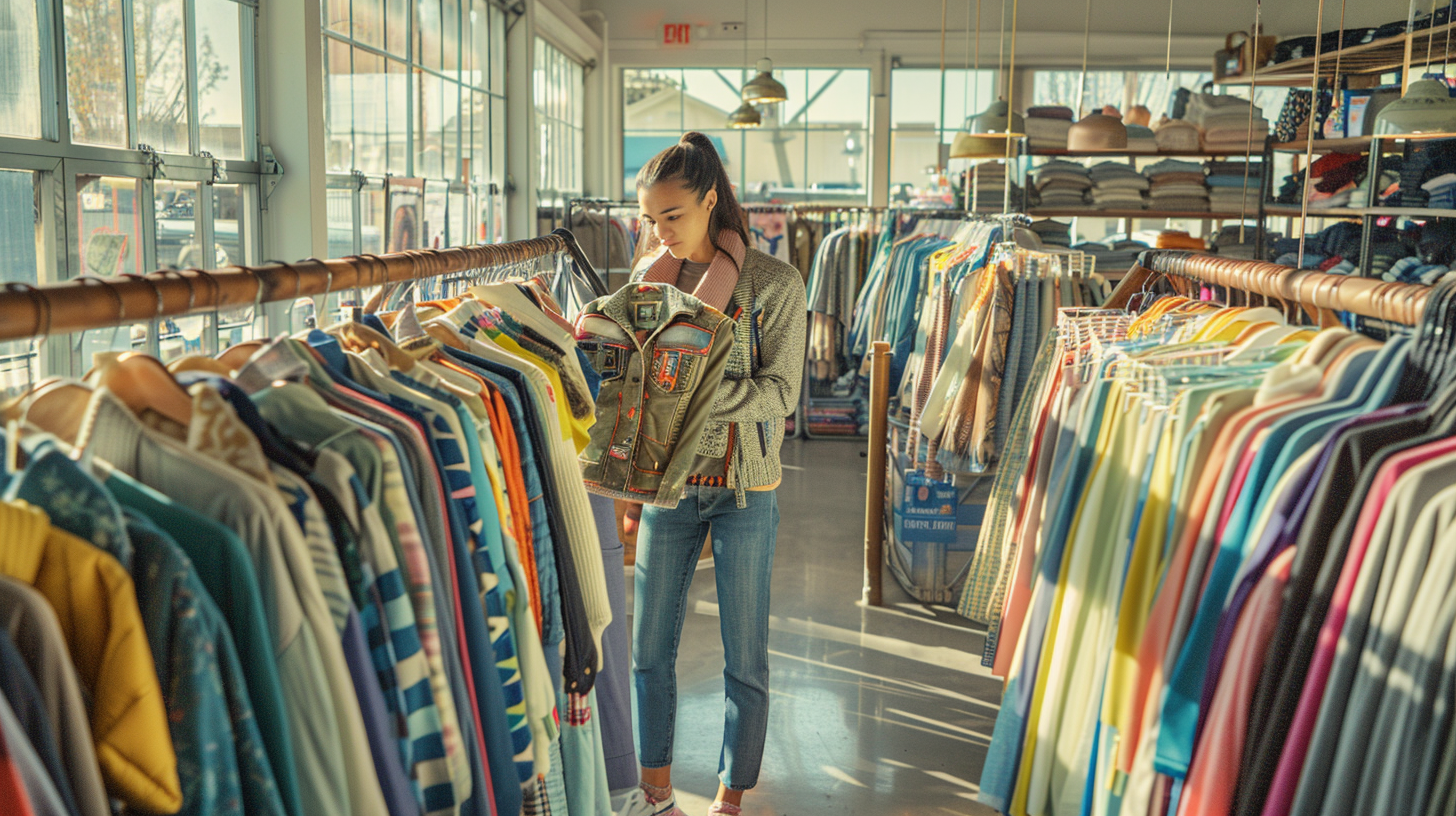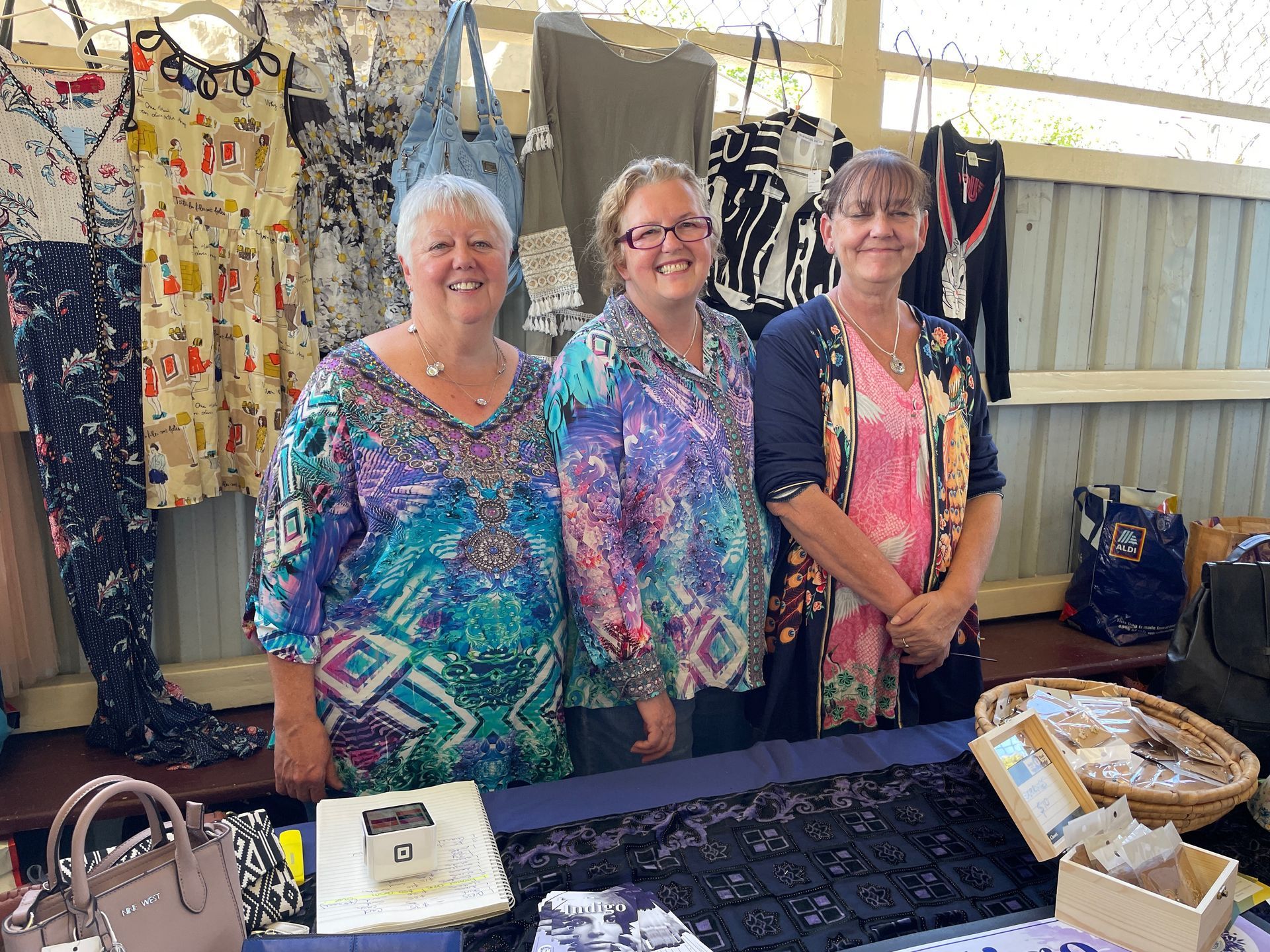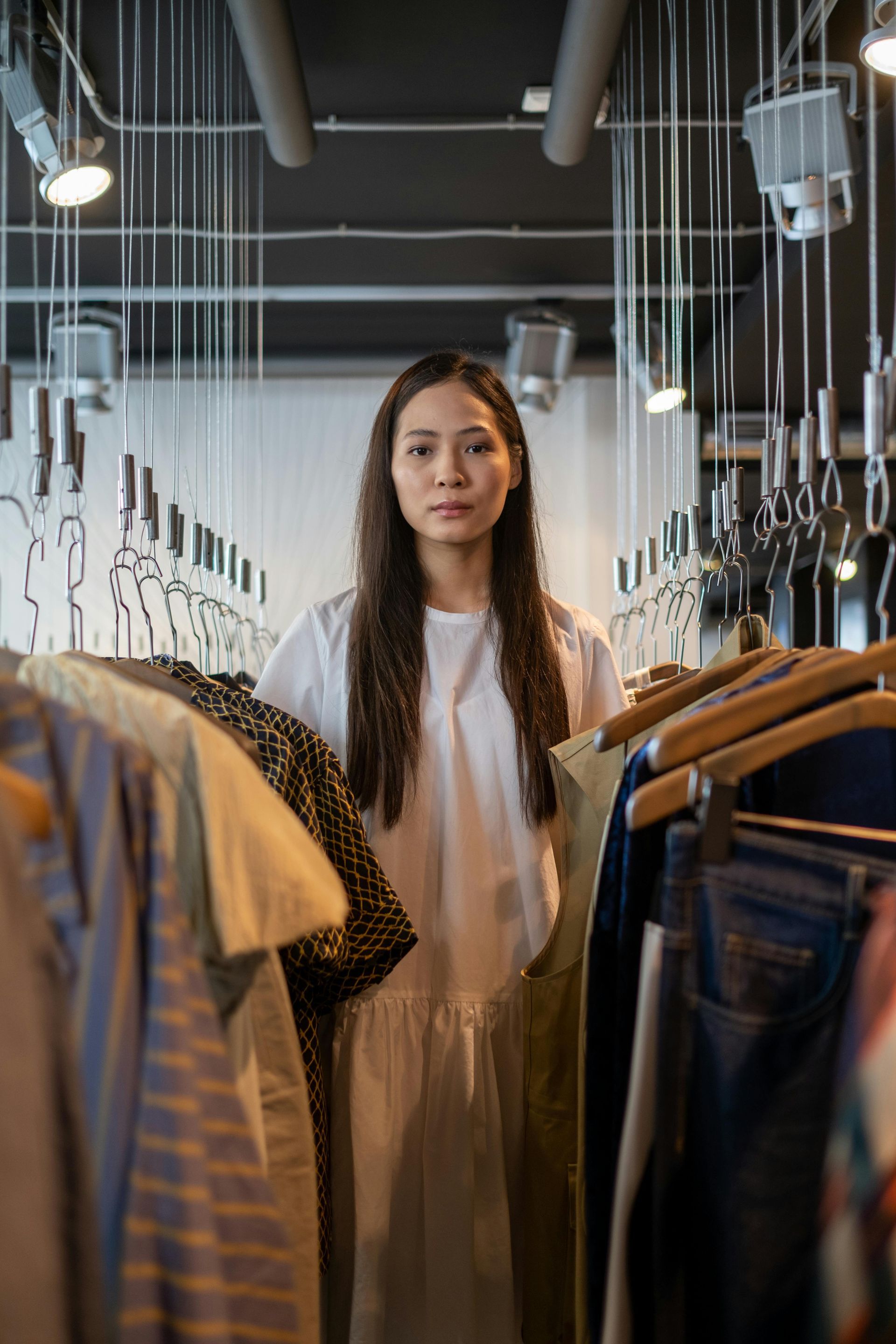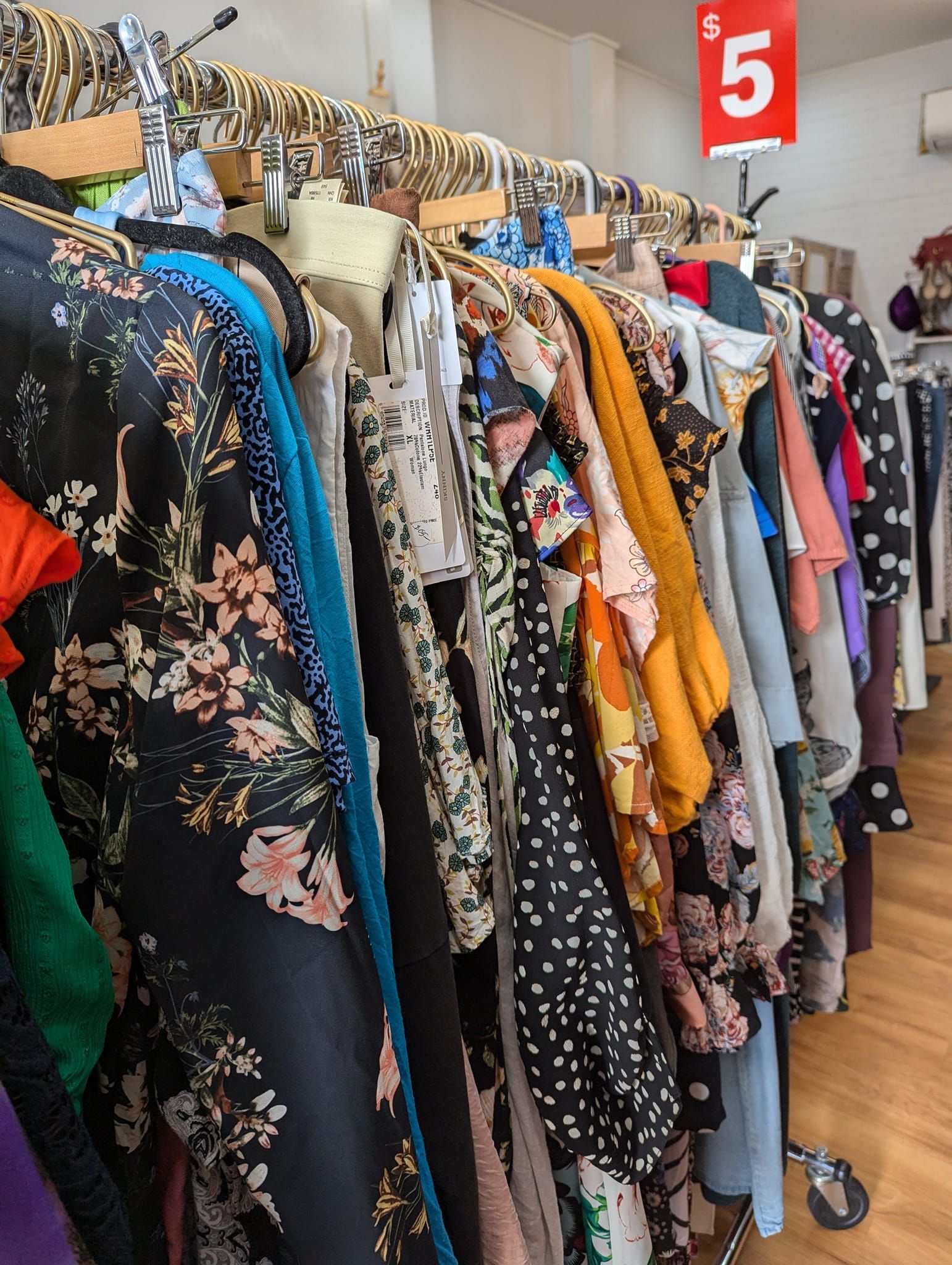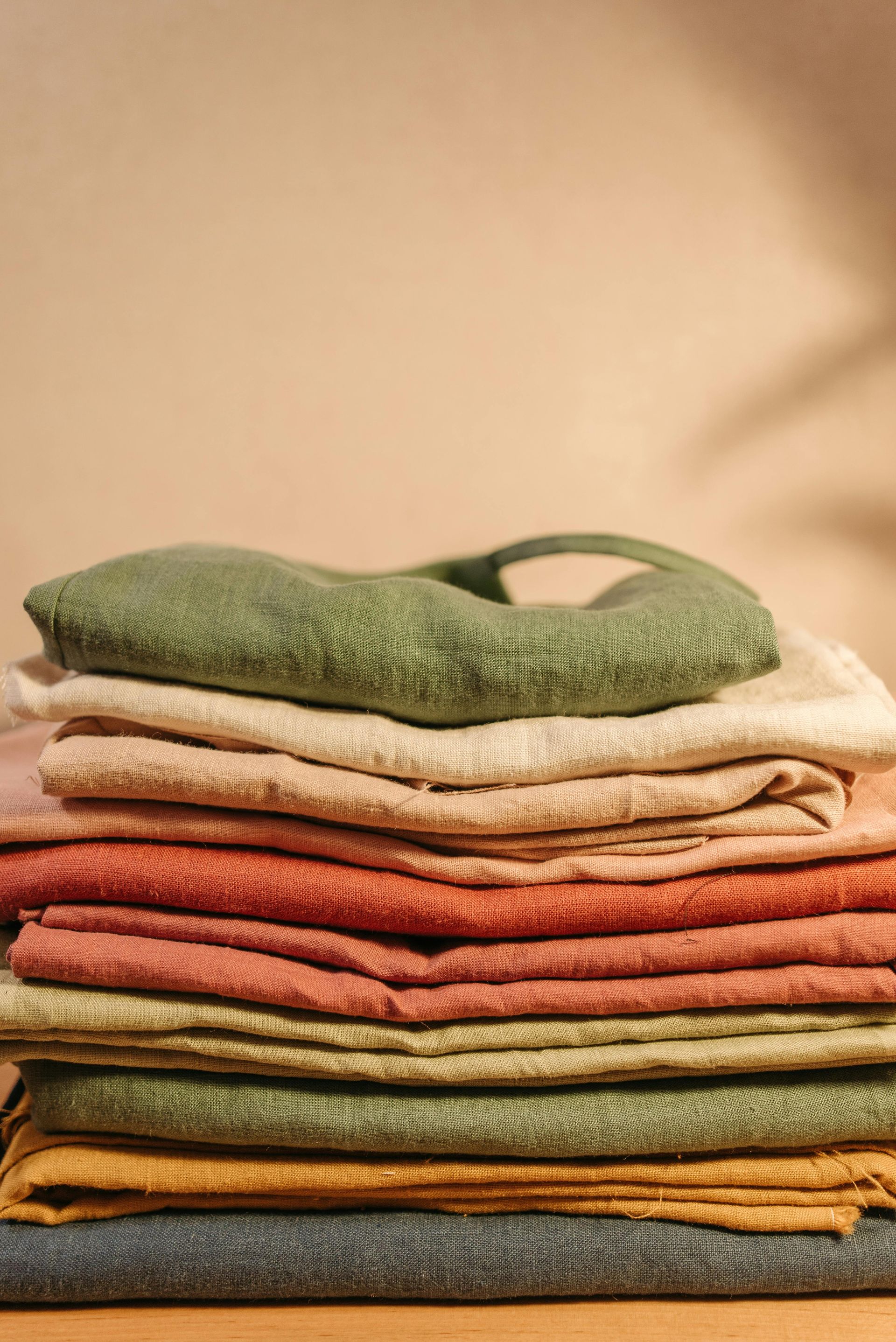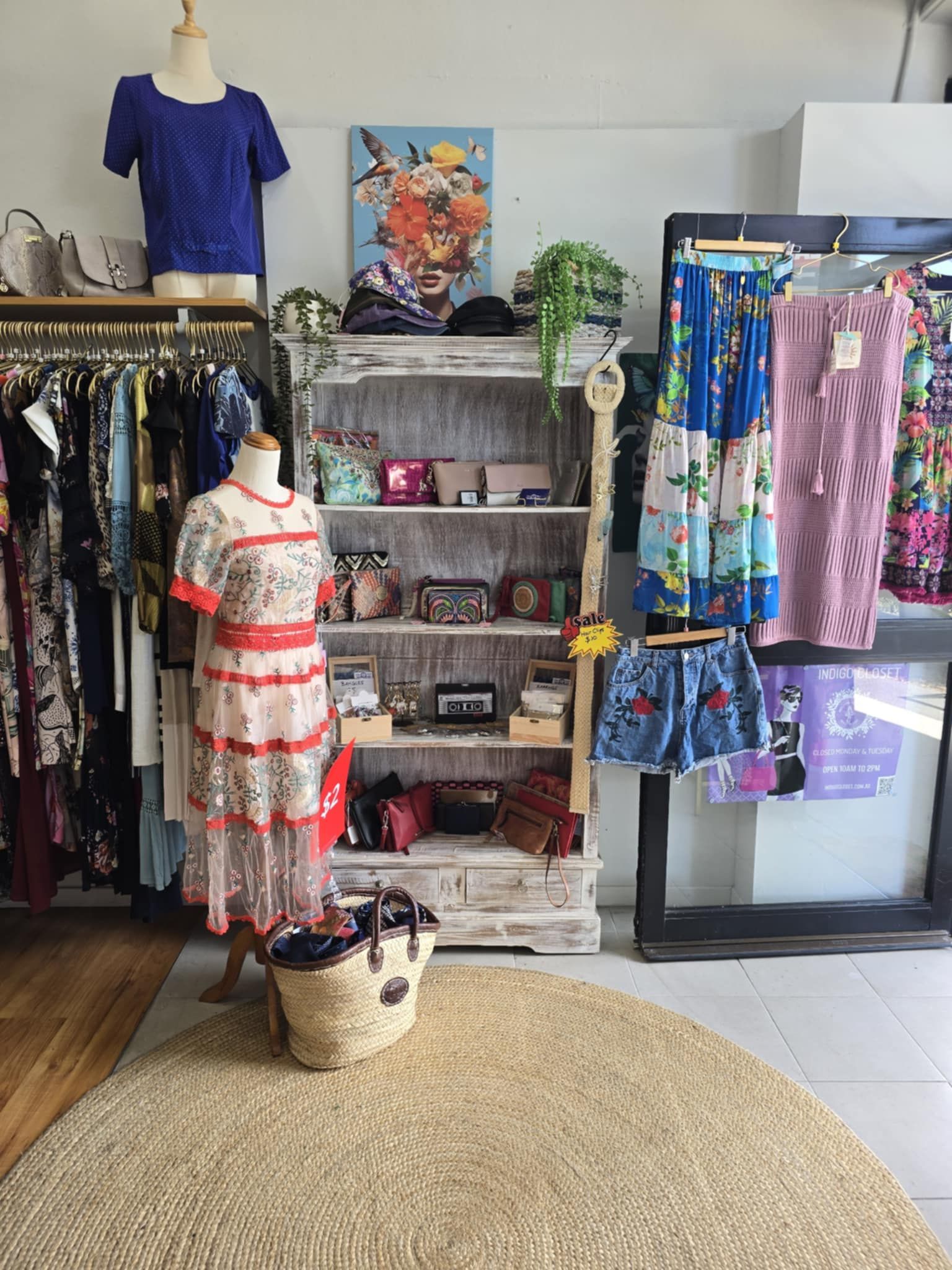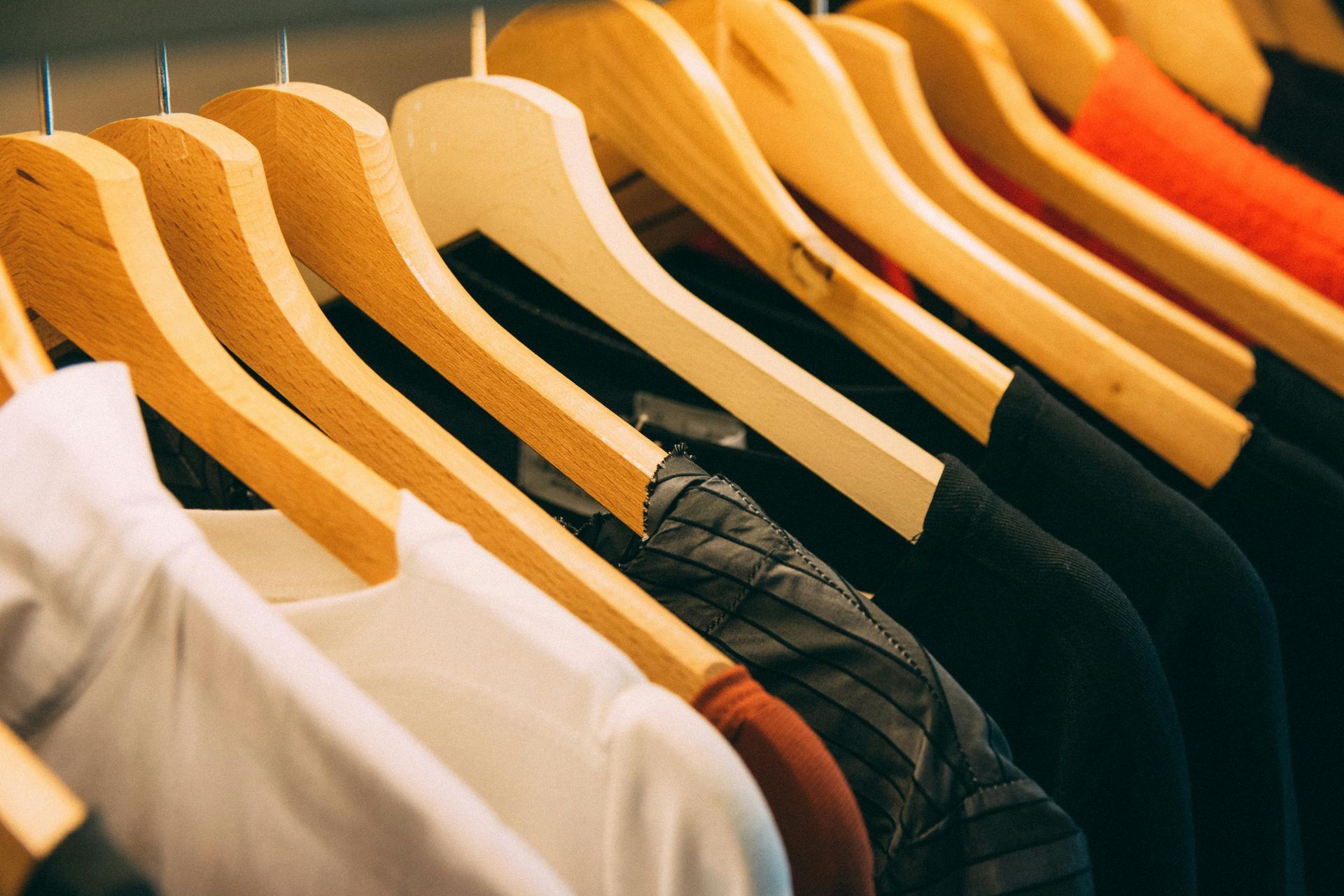Have you ever opened your wardrobe and felt overwhelmed by the sheer volume of clothes, yet found nothing you wanted to wear?
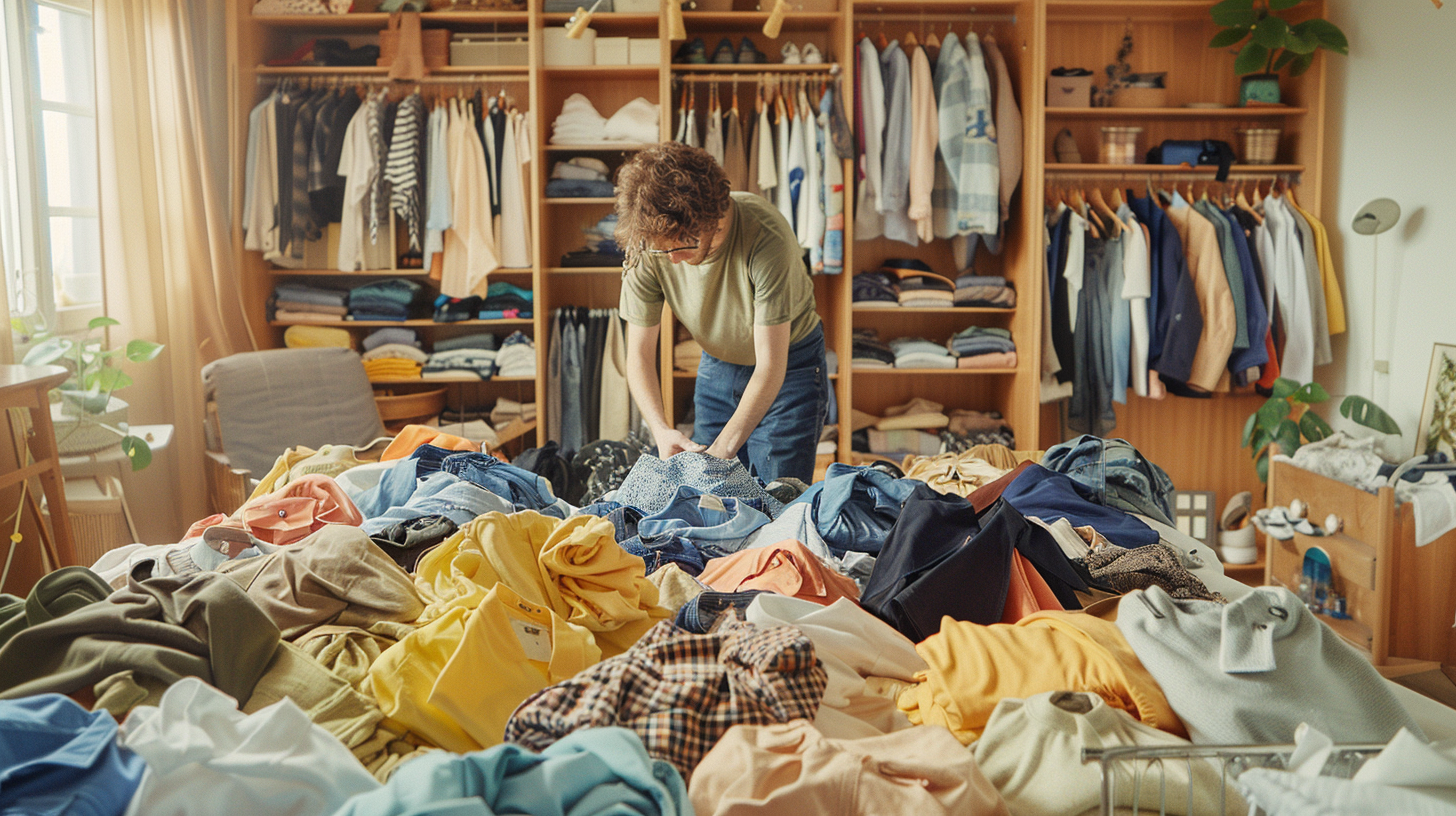
Have you ever opened your wardrobe and felt overwhelmed by the sheer volume of clothes, yet found nothing you wanted to wear? This common scenario raises an intriguing question: why do we hold onto clothes that no longer serve us? In "The Art of Letting Go: Wardrobe Edition," we explore the emotional and practical challenges of managing an overfilled wardrobe. With the average person utilizing only a fraction of their clothing, there's a significant opportunity to declutter and redefine our relationship with fashion.
The journey to a streamlined closet involves more than just creating space; it embraces sustainability and conscious consumerism. By examining the hidden costs of holding onto unworn garments—from economic waste to environmental impact—we pave the way for more mindful fashion choices. How much could you save by letting go of the unused? What positive impacts could a pared-down wardrobe have on the planet? Join us as we guide you through the practical steps to curate a wardrobe that truly reflects your style and values, ensuring each piece holds a purpose and a story.
Unveiling the Closet: Understanding What We Own and What We Wear
The disparity between the volume of clothes we own and the fraction we actually wear is staggering. Studies indicate that while the average person owns approximately 148 pieces of clothing, only 20-30% of these are in regular rotation. This implies that a significant portion of our wardrobes remains untouched, often for emotional reasons such as attachment to past memories or aspirations for future use. These unused items represent not just a physical space but also a mental burden, cluttering our closets and our minds.
Psychologically, the accumulation of unworn clothes can be linked to various factors. For some, these garments serve as a comfort blanket of sorts, representing different phases of life or aspirations for the future. For others, shopping is a response to emotional needs, where the act of buying is mistakenly seen as a remedy for stress or low self-esteem. Understanding these underlying reasons is the first step towards making more conscious choices about what we keep in our closets.
The Hidden Costs of Holding On
Holding onto unworn clothing has more than just an emotional cost; it has tangible economic and environmental impacts. Economically, the average woman owns over $500 worth of unworn clothing. This statistic not only highlights the financial wastage but also underscores the missed opportunity for better financial management or investment in quality pieces that are actually worn.
Environmentally, the impact is even more profound. The fashion industry is one of the top polluters worldwide, and by reducing our wardrobe size, we can play a part in decreasing the demand that drives overproduction. Textile waste is a significant issue, with millions of tons of unused clothing ending up in landfills each year, where they contribute to methane emissions and take up valuable land space. Embracing wardrobe decluttering can lead to a substantial positive impact on our planet, promoting a more sustainable and responsible fashion consumption pattern.
Curating Your Wardrobe: Guide to Decluttering
Decluttering your wardrobe can be a daunting task, but with a structured approach, it becomes manageable. Start by sorting your clothes into categories based on frequency of use and emotional attachment. This initial sorting can be guided by simple questions: Have I worn this in the last year? Does this item reflect my current style and lifestyle? Is it in good condition? This process helps in making objective decisions about what to keep.
Once the sorting is done, decide on the next steps for the discarded items:
- Donate: Clothes in good condition can find a new home.
- Sell: Some items might have resale value, providing a way to recoup some of the financial outlay.
- Recycle: For clothes that are beyond repair, consider textile recycling options.
- Repurpose: Creative repurposing of garments can give them new life in another form.
Organizing what remains is crucial. Invest in good quality hangers and organize clothes in a way that makes each piece visible and accessible. This not only makes dressing easier but also ensures that all items are worn regularly, reducing the chance of future accumulation.
Embracing a Sustainable and Conscious Wardrobe
Transitioning to a capsule wardrobe is a significant step towards sustainable fashion. This concept involves curating a limited selection of garments that interchangeably work together, maximizing outfit combinations while minimizing excess. The benefits of a capsule wardrobe extend beyond simplicity; it encourages us to invest in high-quality pieces that last longer, reducing waste and promoting sustainable fashion practices.
Incorporating preloved and ethically made garments is another aspect of building a conscious wardrobe. Opting for secondhand clothes not only extends the lifecycle of garments but also reduces the demand for new clothing production. When purchasing new items, choosing brands that prioritize ethical production practices can further enhance your wardrobe's sustainability.
Maintaining a Minimalist Wardrobe Long-Term
Maintaining a minimalist wardrobe requires ongoing commitment and mindfulness about new purchases. Here are strategies to help sustain your minimalist wardrobe:
- Set Clear Criteria for New Purchases: Only buy items that meet specific criteria such as fit, necessity, and compatibility with existing clothes.
- Regular Wardrobe Audits: Schedule regular reviews of your wardrobe to reassess your needs and remove items that no longer fit your lifestyle.
- Embrace Quality Over Quantity: Invest in fewer, higher-quality pieces that will last longer, rather than cheaper, lower-quality items.
Mindful purchasing is crucial; always consider the necessity and long-term use of each item before buying. This not only helps in maintaining a minimalist wardrobe but also supports sustainable fashion practices by reducing wasteful spending and production.
Wrapping Up: The Art of Letting Go
Through understanding the disparity between what we own and what we actually wear, it's clear that many of us hold onto clothes for emotional rather than practical reasons. This attachment not only clutters our space but also our minds, leading to unnecessary economic and environmental costs. By embracing the process of decluttering, we pave the way for a wardrobe that truly reflects our current selves, promoting both sustainability and conscious consumerism. The journey towards a curated, minimalist wardrobe enhances our daily lives through quality, meaningful fashion choices.
The shift to a more conscious wardrobe requires ongoing commitment but offers significant rewards. As we reduce the clutter and choose quality over quantity, we not only free up physical space but also contribute to a more sustainable world. Let's carry forward the insights from our closets to our consumer habits, continually asking ourselves whether each item we own serves a purpose. This mindful approach extends beyond fashion—it shapes a lifestyle that values sustainability, simplicity, and authenticity. Let this be a reminder that every item in our wardrobe should not only fit our body but also our values and vision for a better planet.

